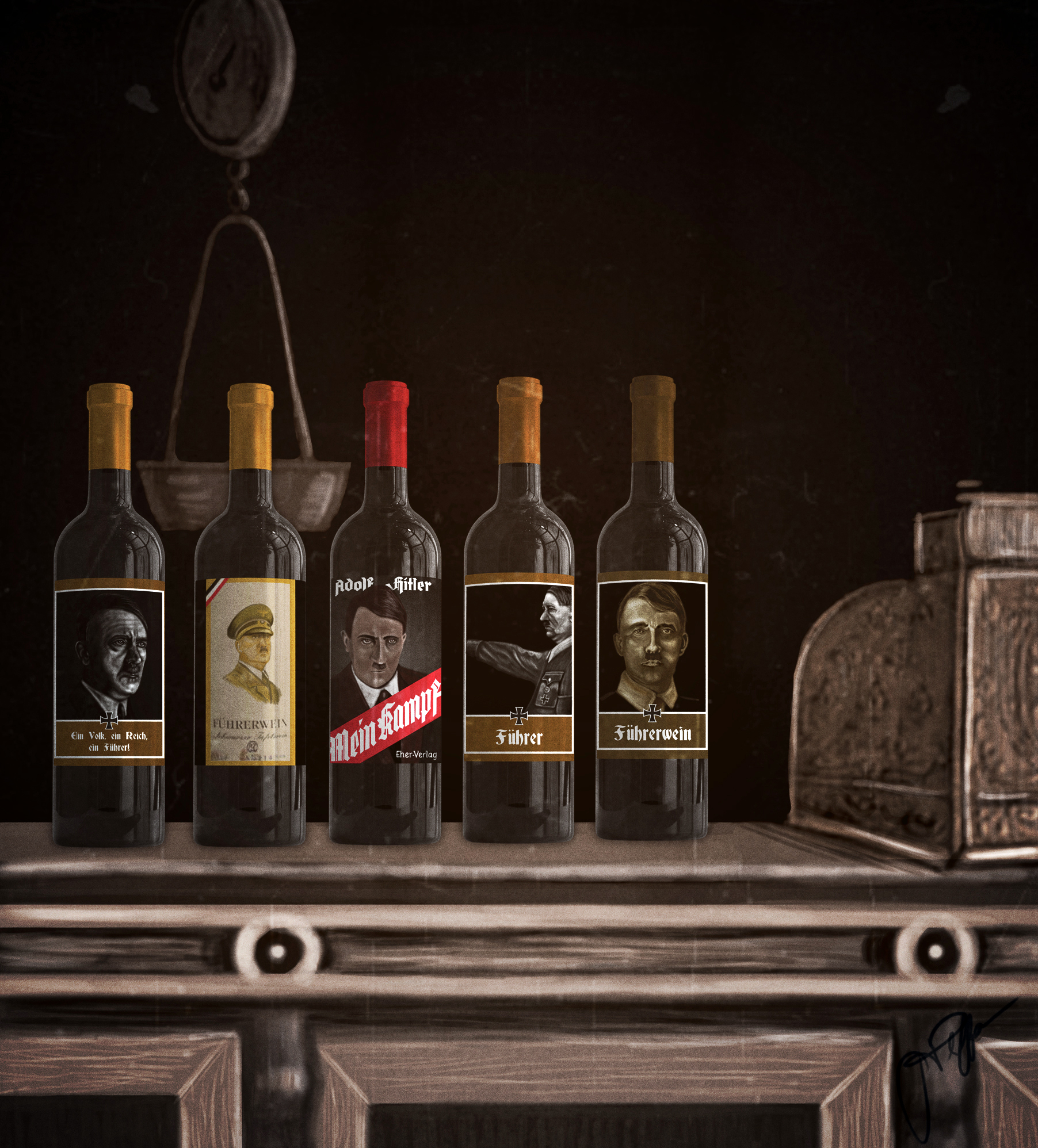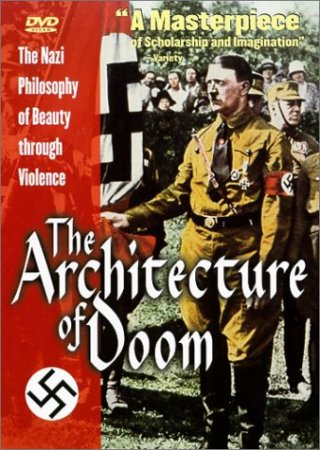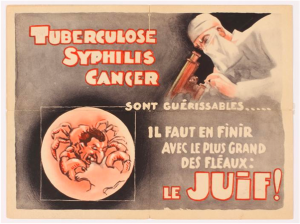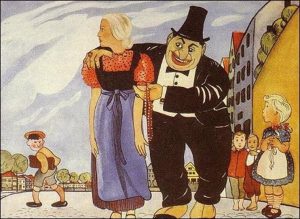Module 4: Antisemitism and Racism
Nazi Antisemitism: Old Wine in New Bottles?

Introduction to Part III: Nazi Antisemitism
In this submodule we are coming closer to understanding how genocide operated as an ideology in Nazi Germany and how it created the conditions whereby someone like Hitler could come to power and shape the way Germans thought. In this section we are looking exclusively at Hitler and the origins and nature of his antisemitism, as well as the role of World War I played in shaping his world view.
Lecture by Hilary Earl on Hitler’s Antisemitism
In this 21-minute lecture, Professor Hilary Earl introduces students to Hitler and his antisemitic ideology. The lecture highlights the youthful origins of Hitler’s ideas and their centrality in radicalizing Nazi anti-Jewish policies. The lecture also examines Hitler’s own writing about his ideas. Students should note that these ideas are disturbing and contain offensive language.
Primary Sources
Secondary Sources
Films

In the 1989 documentary Architecture of Doom discusses two Nazi propaganda films: Der Ewige Jude (Eternal Jew) and Klein Krieg (Small War). In Eternal Jew, Jews are portrayed as dangerous and as a disease that is killing Germany. The film invokes old stereotypes of Jews as degenerate and dirty and contrasts them with the pure “Aryan” race. In Small War, Jews are portrayed as a “pest” to be destroyed through the use of poison gas.

Nazi anti-Jewish boycott, April 1, 1933
This 1:27 minute clip shows images of the April 1933 boycott of Jewish businesses in Germany.
Watch Nazi anti-Jewish boycott (United States Holocaust Memorial Museum)
Hitler’s January 30, 1939 “Speech to the Reichstag,” “if there is war, Jews will be destroyed”
In this 1-minute clip, Hitler addresses the German Reichstag (Parliament), prophesizing that if there is another world war, the Jews will be annihilated.
Watch Speech to the Reichstag (United States Holocaust Memorial Museum)
Oral History
Hedy Marmorstein
In this 1-minute clip, survivor Hedy Marmorstein discusses her experience during Kristallnacht (the Night of Broken Glass). During this event, taking place from November 9-10, 1938, the Nazis unleashed violence against the German-Jewish community.
Mendel Good (1981)
In this 5-minute clip, Mendel Good describes the violence and terror he and his family experienced in Germany under Nazi rule.
Mendel Good (1995)
In this 5-minute clip, Mendel Good talks about being Jewish in Nazi Germany.
- Antisemitic propaganda poster that compares Jews to disease. United States Holocaust Memorial Museum
- Nazi antisemitic cartoon from a German children’s school book. Imperial War Museum.
Questions for Reflection:
Reflect on the content of this section and consider the following:
- Why do you think Hitler targeted the Jews as the main enemy of Germany?
- Is Hitler’s antisemitism different than previous versions? Explain why or why not.
- Were you convinced by Shulamit Volkov’s argument. Explain why or why not.



